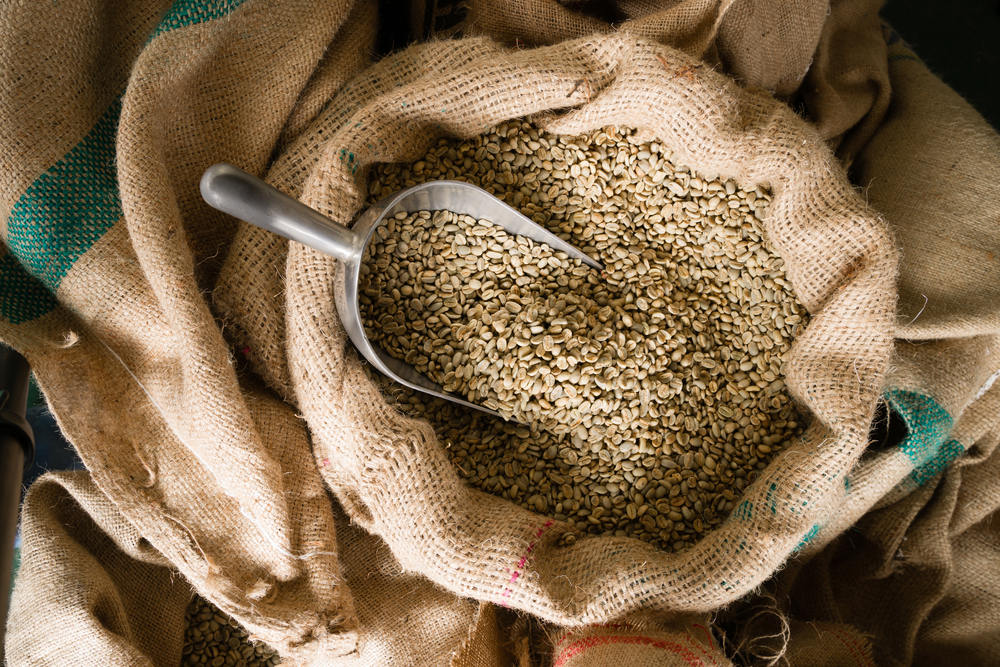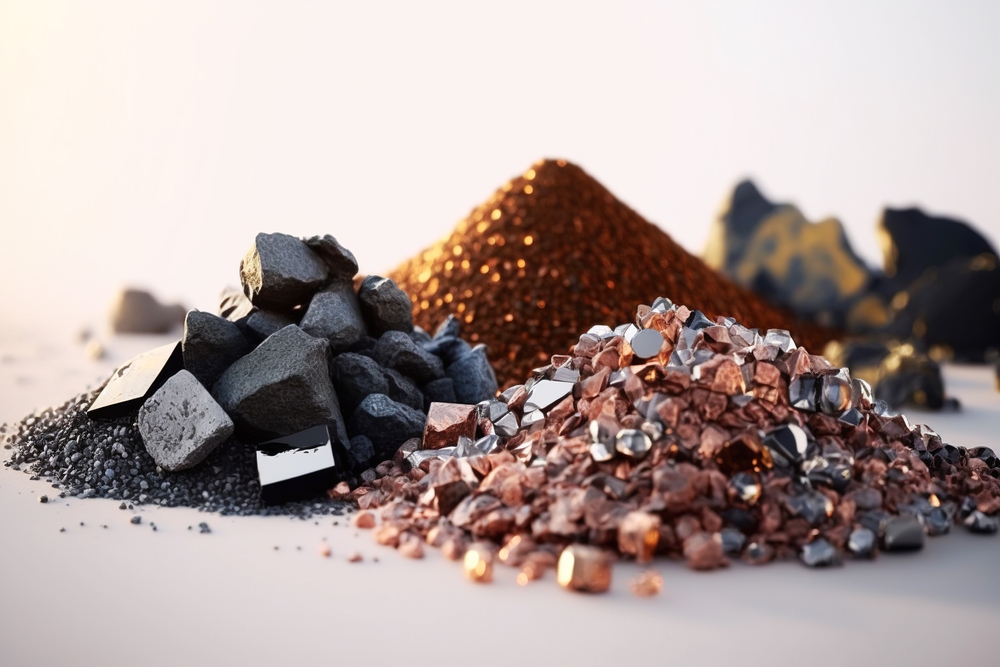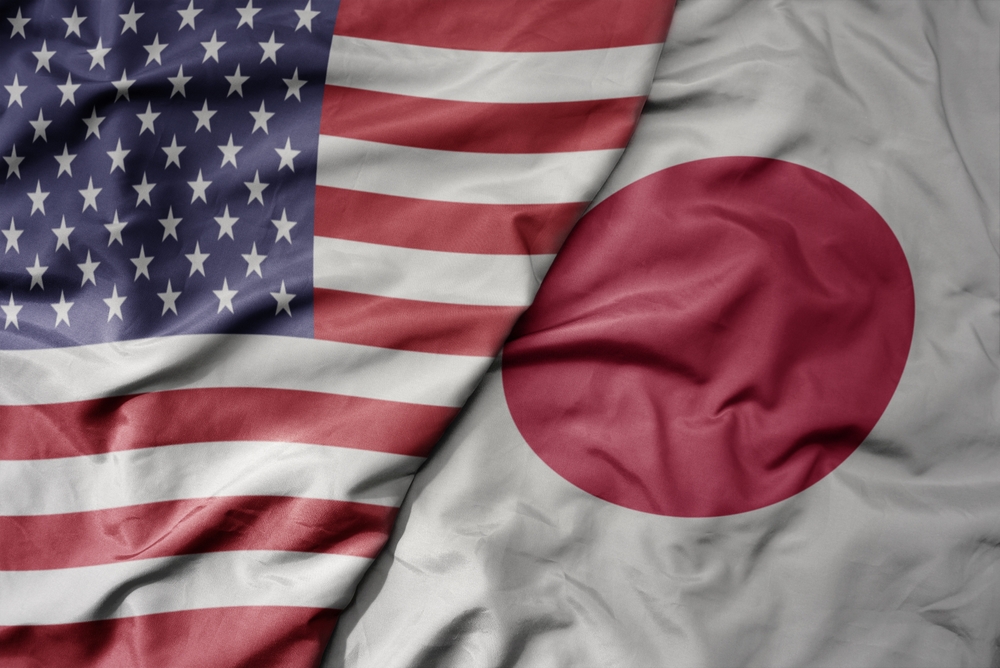At 5-Year Lows
A clear sign of the sector’s decline is the performance of the IDEX Diamond Index, which has dropped significantly over the past two years. From its 5-year high of over 158 points in March 2022, it fell to 95 points by April 27, 2025. Compared to the same time last year, that represents a decline of 11%.*
Chart 1: Price development of IDEX Diamond Index over the last 5 years. (Source: idexonline.com)*
Lab-Grown Diamonds Are Gaining Popularity
One of the reasons behind the shift is the growing interest in lab-grown diamonds, which are created in controlled environments that mimic natural formation. Thanks to prices that are significantly lower—sometimes by more than 80% compared to natural diamonds—they are becoming an increasingly popular choice among consumers, as they are nearly identical to the real ones. For example, in the United States, sales of engagement rings with synthetic diamonds have surged by dozens of percent in recent years. According to the portal Rough-Polished.com, current sales levels exceed 50%, whereas in 2019 they were just 19%. Beyond price and faster production, lab-grown diamonds are also favoured in today’s world where sustainability is a priority—mainly because they avoid mining, which is often both environmentally harmful and ethically questionable.
Belgium Suffers Trade Slumps
As in many other sectors, trade tariffs have played a major role in the diamond industry recently. This has significantly impacted trade volumes in Antwerp, Belgium—one of the busiest diamond trading hubs in the world. According to Karen Rentmeesters, Director of the Antwerp World Diamond Centre (AWDC), trading came to a halt after tariffs were imposed in early April, with volumes dropping to about one-seventh of the usual levels. AWDC data shows that in the first three months of this year, exports of polished diamonds fell by roughly 28% year-over-year to nearly $1.6 billion. Exports were at a similar level, while the drop in rough stones was even steeper—47% for exports and 40% for imports. The centre cites key reasons including geopolitical tensions, increased caution from American and Chinese customers, and the growing popularity of lab-grown alternatives. To make matters worse, the diamond sector is a vital part of the Belgian economy. Meanwhile, the U.S. is using tariffs to encourage reshoring of production—but in the diamond trade, this is problematic. The country has no diamond mines, and the only process done domestically is certification by the Gemological Institute of America (GIA). As a result, GIA is lobbying for a tariff exemption for stones entering the U.S. solely for authenticity verification.
The Worst Situation in Over a Decade
The crisis has also hit one of the most critical parts of the diamond business—polishing. India, especially the city of Surat in Gujarat, dominates this segment, processing around 80% of the world's rough diamond output. In addition to declining demand, the situation is worsened by new U.S. tariffs—a base rate of 10%, which could rise to 27% after 90 days—posing an existential threat to many small businesses. Since precious stones and jewellery are India’s third-largest export category, the broader economy could take a major hit. Some Indian business owners even compare the current turmoil to a crisis worse than the one in 2008. Traders now face a difficult challenge to find new markets to replace the lost U.S. volumes—at a time when global interest in diamonds is stagnating. The United States accounted for over 30% of India’s $32 billion diamond exports during the 2023/2024 fiscal year. Falling demand in the world’s two largest economies—the U.S. and China—has caused India’s polished diamond exports to drop by nearly 17% year-over-year. This decline has also impacted the broader segment of precious metals and jewellery, whose total value fell by 12% to around $28.5 billion—the lowest level in five years. According to Reuters, many exporters don’t expect a significant recovery in the current year either.
* Past performance is no guarantee of future results.





.jpg)










